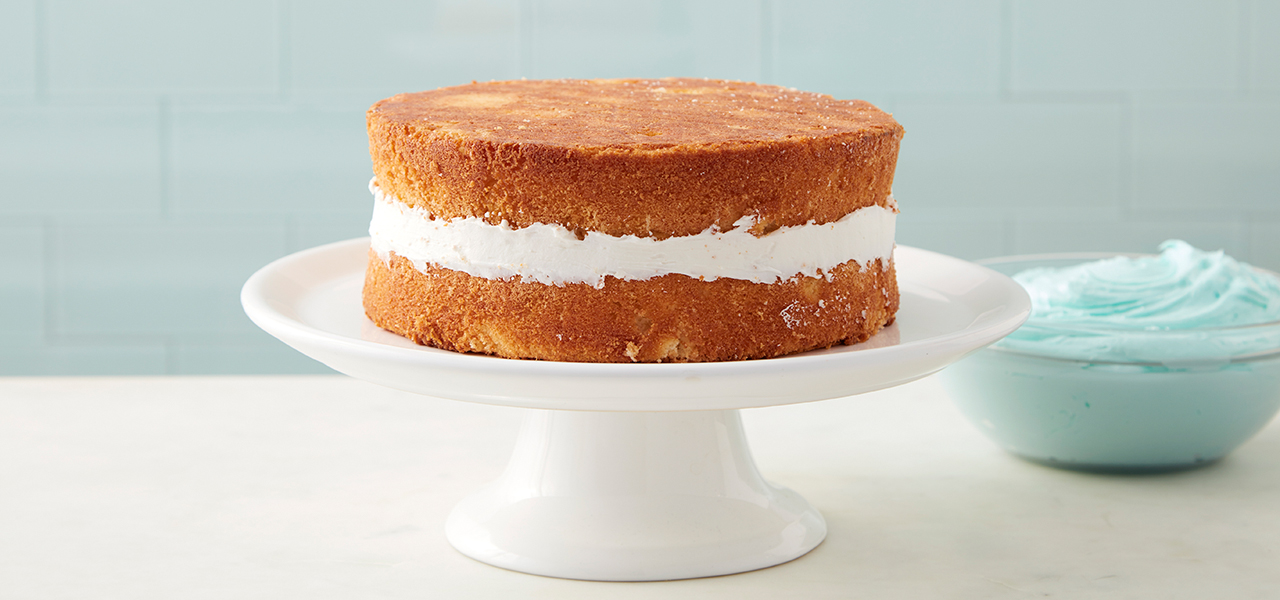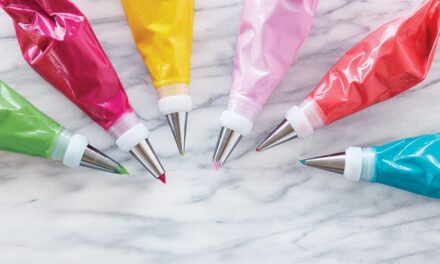Baking the perfect cake comes down to a few simple rules. From picking the right pan to learning how to properly measure your ingredients, this video guide will outline how to bake a cake you’ll be proud to show off.
Choosing the Right Baking Pan
A cake is only as good as the pan it’s baked in and using the right pan is just as important as having a good recipe. In this video, you’ll learn the difference between aluminum and non-stick pans, how to get an even bake every time and how to adjust your bake time based on the pan you’re using. You’ll also learn which pans are dishwasher safe and how to prep your pan for easy release.
How to Measure Ingredients
Learning the best technique for measuring your ingredients is key to getting a fluffy and delicious cake. For example, baking powder and sugar are measured differently than confectioners’ sugar and flour. This video outlines the difference between dry and wet measuring tools and when to use each. You’ll also learn how to measure dry ingredients, like flour, sugar and confectioners’ sugar; as well as wet ingredients, like milk and oil. You’ll also gain some helpful tips on how to handle those ingredients that can be challenging to measure, such as honey, molasses, sour cream and mayo.
How to Make a Classic Yellow Cake
Now it’s time to put those skills to the test with this classic yellow cake recipe. Reminiscent of the birthday cakes you had as a kid, this cake is filled with great texture and amazing flavor. It’s easy for beginning bakers and lays the perfect foundation for adding fun flavors and fillings!
This recipe also offers helpful tips and tricks you can use in your other cakes as well. Learn about the importance of having ingredients be at room temperature and how to get fluffier, lighter cakes using cake flour (Can’t find cake flour? Keep reading to learn how you can make it yourself).
How to Make Your Own Cake Flour
Cake flour is great for making light and fluffy cakes. It has a lower protein content than all-purpose flour and helps give your cake that crumbly texture you know and love. You can find cake flour in the baking section of your local grocery store; however, if it’s hard to find, you can make it yourself using just two ingredients you probably have on hand already.
How to Store Leftover Frosting and Fondant
If you have leftover frosting, icing or fondant after your cake is decorated, this video will teach you how to store it for later use. Learn which frosting should be refrigerated and which should remain at room temperature and how to bring your frosting back to the right consistency once you’re ready to use it again.
What other baking tips and tricks do you swear by? Let us know in the comments below!





